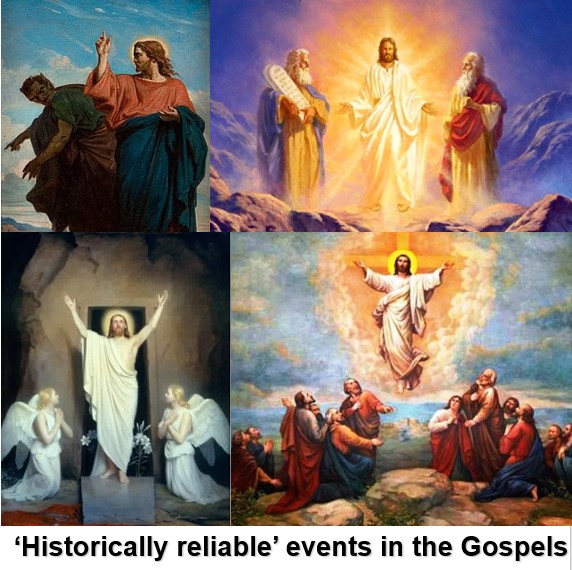A little while ago I came across a group of enthusiasts who met locally to celebrate the chap who’d founded their group a few decades back. I paid them a few visits to see what they were about and when they learnt I was capable of stringing a few sentences together, asked if I would write a short biography of their Founder. Being an obliging sort, I said I would, not realising the challenges that lay ahead.
For a start, none of them had actually known the guy. He’d died soon after the group had started and none of the current membership had ever met him. Worse, they weren’t even sure what his real name was. Some said ‘Josh’, some ‘Jess’ and others ‘Manny’. They thought a guy who had known him was still alive, but couldn’t remember his name either. ‘Rocky’, they said, or maybe ‘Tiny’.
All the same, I’d said I’d have a go at the biography and didn’t want to disappoint them so I set about searching the Web. I soon discovered that both ‘Rocky’ and ‘Tiny’ had passed away, about the same time six or so years earlier. There was nothing online about any Rocky but there was quite a bit about Tiny. Or rather by him. He’d left a whole series of posts, mostly about he’d been contacted by the founder from beyond the grave. He said over and over that he could prove it really was the Founder he was channelling because, apparently, it said so in some old stories. He quoted these all over the place.
All weird stuff, but all I had to go on.
So I set to. I tried to make as much sense as I could of Tiny’s writing. I made stories out of his rambling, imagining what the Founder must’ve been like from the things Tiny claimed he’d told him. Like Tiny, I used old stories to fill out the narrative and included loads of metaphor. People love finding hidden meanings in things. I stopped short though at having the Founder come back from the dead at the end, not even metaphorically. Tiny insisted he had done but no-one in their right minds would believe it.
In the end, I thought I’d made a good job of it. The guys in the group thought so too. They were so pleased they suggested I publish it on Amazon, which I did. To my surprise, it started selling really well and got some very good reviews (and only a couple of poor ones.) To my annoyance, though, it wasn’t not long before a bunch of opportunists took to writing novellas about the Founder themselves, and (the nerve of it) lifting whole chunks of my story and ‘correcting the errors’! Errors? How could there be errors in something I’d made up? They even used my technique, lifted from Tiny, of borrowing bits from older books and making them fit their version. Their ‘Founder’ turned out to be different from mine, though not, I’m convinced, anywhere near as good.

I’ve decided I was going to retire from this writing lark. It’s too competitive and there are too many plagiarists around. Let them get on with their inferior sequels. Everybody will remember I was the first, and the best. Won’t they?









